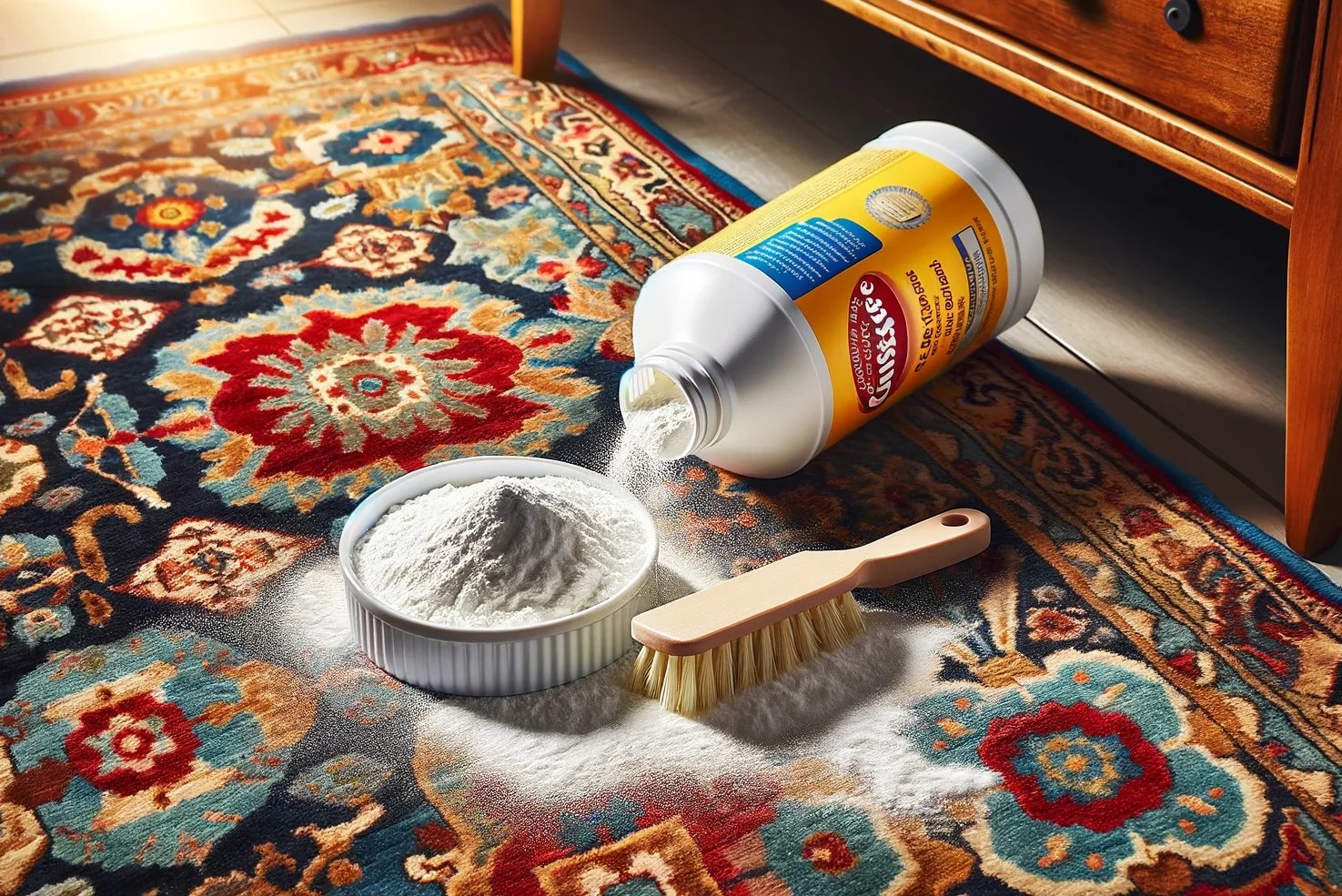Choosing the Perfect Kitchen Rug
Selecting the right kitchen rug can significantly enhance the look and feel of your kitchen. Not only do kitchen rugs add a touch of warmth and colour, but they also offer comfort underfoot while you cook or do the dishes.
A kitchen rug can protect your floors from spills and wear, provide a comfortable spot to stand on, and even reduce noise.
Additionally, rugs can help define different areas in an open-plan kitchen, such as the dining area or the cooking space.
Types of Kitchen Rugs
Rugs can be a focal point in your kitchen or blend seamlessly with your existing decor.
Consider a bold, patterned rug to add vibrancy to a neutral kitchen, or a simple, solid-colour rug to calm a busy space.
Oriental and Persian rugs, now more commonly referred to under the broad term "oriental rugs," can add a touch of elegance and sophistication.
When it comes to general types of kitchen rugs, there are 3 main types to consider:
What Kind of Rug is Best for the Kitchen?
When considering the best type of rug for the kitchen, it's essential to balance aesthetics, durability, and practicality. The kitchen is a high-traffic area prone to spills, stains, and wear, so the rug material plays a crucial role in ensuring longevity and ease of maintenance.
For kitchens, synthetic fibres like polypropylene or nylon are excellent choices due to their stain resistance and ease of cleaning.
Natural fibres such as wool or cotton also offer durability and comfort but may require more maintenance.
Waterproof or water-resistant materials are ideal for areas prone to spills.
Advantages of Different Rug Materials
- Synthetic Rugs: Offer durability and ease of cleaning, perfect for busy kitchens.
- Natural Fibre Rugs: Add warmth and comfort underfoot, with sustainable options like wool or jute.
- Waterproof Rugs: Ensure quick and easy clean-up after spills, making them practical for kitchen use.
See below more details for each types of rugs and material:
Synthetic Fibres
- Polypropylene: Known for its stain resistance and durability, polypropylene is a synthetic fibre that can withstand the rigours of kitchen use. It's also water-resistant, making it easy to clean spills and stains. Rugs made from polypropylene are often more affordable, making them a popular choice for budget-conscious homeowners.
- Nylon: Another synthetic option, nylon, is prized for its resilience and ability to maintain its shape and texture under heavy foot traffic. It's also stain-resistant and easy to clean, making it an excellent choice for the kitchen. Nylon rugs come in a wide variety of designs and colors, allowing for customization according to kitchen decor.
Natural Fibres
- Wool: Wool rugs are known for their durability, comfort, and natural resistance to stains and water. While they may come at a higher price point, their longevity and the luxurious feel underfoot make them a worthwhile investment. Wool's natural properties also contribute to indoor air quality, as it can help regulate humidity and resist dust mites.
- Cotton: Offering a softer and more casual look, cotton rugs are comfortable underfoot and come in a wide range of colors and patterns. They're less durable than wool but are machine washable, making them easier to clean than some other natural fibre options. Cotton rugs are a good choice for those seeking a natural material with ease of maintenance.
Water-resistant and Waterproof Materials
In addition to synthetic and natural fibres, some rugs are specifically designed to be water-resistant or waterproof, making them ideal for kitchen areas prone to spills and splashes. These rugs are typically made from materials that repel water, such as certain types of treated synthetic fibres or natural materials with a waterproof backing. They offer an extra layer of protection against moisture, ensuring that spills can be wiped away easily without soaking into the rug.
Best Practices for Rug Placement
- Under the Kitchen Table: Ensure the rug is large enough to accommodate all chairs, even when they're pulled out.
- Along the Sink or Counters: A runner or smaller rug can offer comfort where you stand the most.
- Open Areas: A large rug can define the dining area in an open-plan kitchen, creating a cosy, inviting space.
Maintenance and Care for Kitchen Rugs
Keeping your kitchen rug looking its best requires regular maintenance and care.
Routine vacuuming and spot cleaning are essential for maintaining your kitchen rug.
For deeper cleans, check the manufacturer's instructions; many synthetic rugs can be machine washed, while natural fibre rugs may require professional cleaning. Address spills immediately to prevent stains from setting.
Tips for Rug Longevity in the Kitchen
- Rotate your rug periodically to ensure even wear.
- Use rug pads to prevent slipping and extend the life of your rug.
- Consider darker colours or patterns that can better hide stains and wear.

Joe Rugs - Carpet Expert
Hello! I'm Joseph Rugs, the founder of CarpetJoe.com and your guide through the intricate world of carpets. Born and raised in London with a deep-rooted passion for art and culture, I've explored the globe to bring the rich tapestry of carpet weaving right to your screen. My academic background in arts and humanities from Oxford has fueled my curiosity, leading me to uncover the stories behind every knot and weave. As a family man, my adventures are shared with my loved ones, enriching our lives with every piece of art we encounter. Join me as we explore the beauty and craftsmanship of carpets together.
Explore Carpet Home Decor Ideas


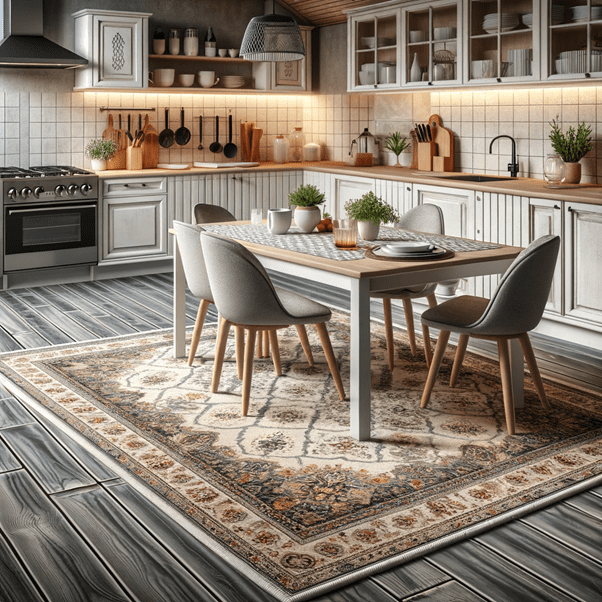
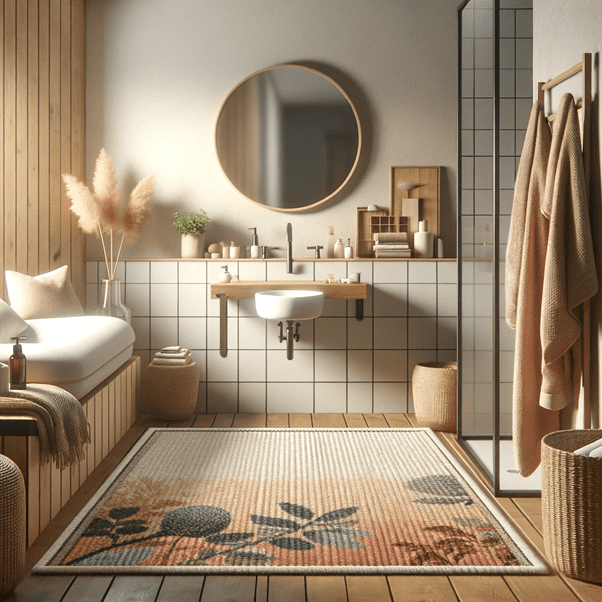
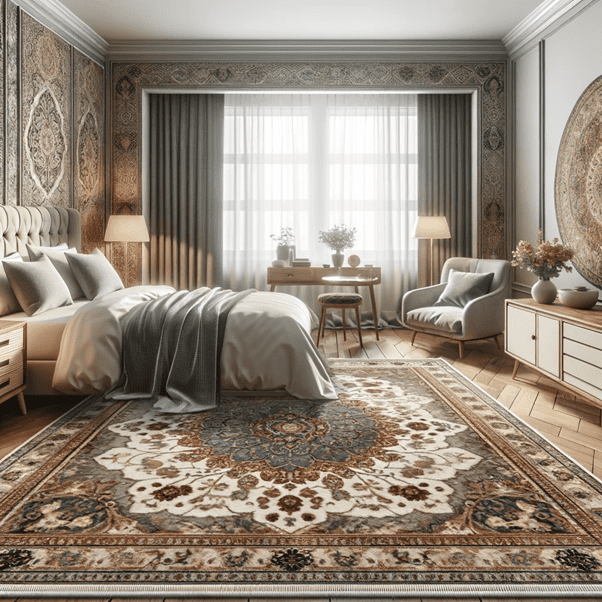


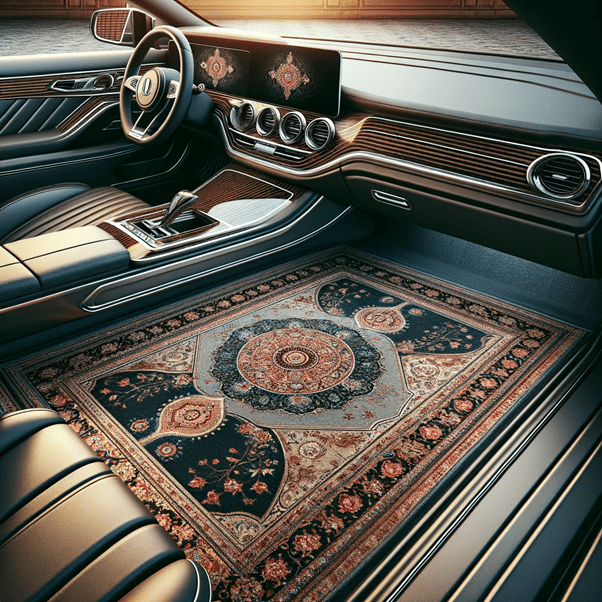
Carpet Repair & Restoration Guides
Carpet damage can range from minor issues like small burns or stains to more significant problems such as large tears or widespread wear.
Identifying the type of damage is the first step in determining the most suitable repair method.
Master carpet repair with our guides. Learn about fixing burns, holes, and wear in carpets and rugs, including DIY patch repairs and professional restoration tips.
Frequently Asked Questions
Choose a rug that extends at least 24 inches beyond the table on all sides to accommodate chairs being pulled out.
Rugs add warmth, comfort, and style to your kitchen, protect the floor, and can help define different areas within the space.
Oriental rugs are often referred to by their specific type, such as Persian rugs, to more accurately represent their origin and design.
Yes, they can add style, comfort, and warmth to the kitchen while protecting the flooring.
Yes, they can add style, comfort, and warmth to the kitchen while protecting the flooring.








